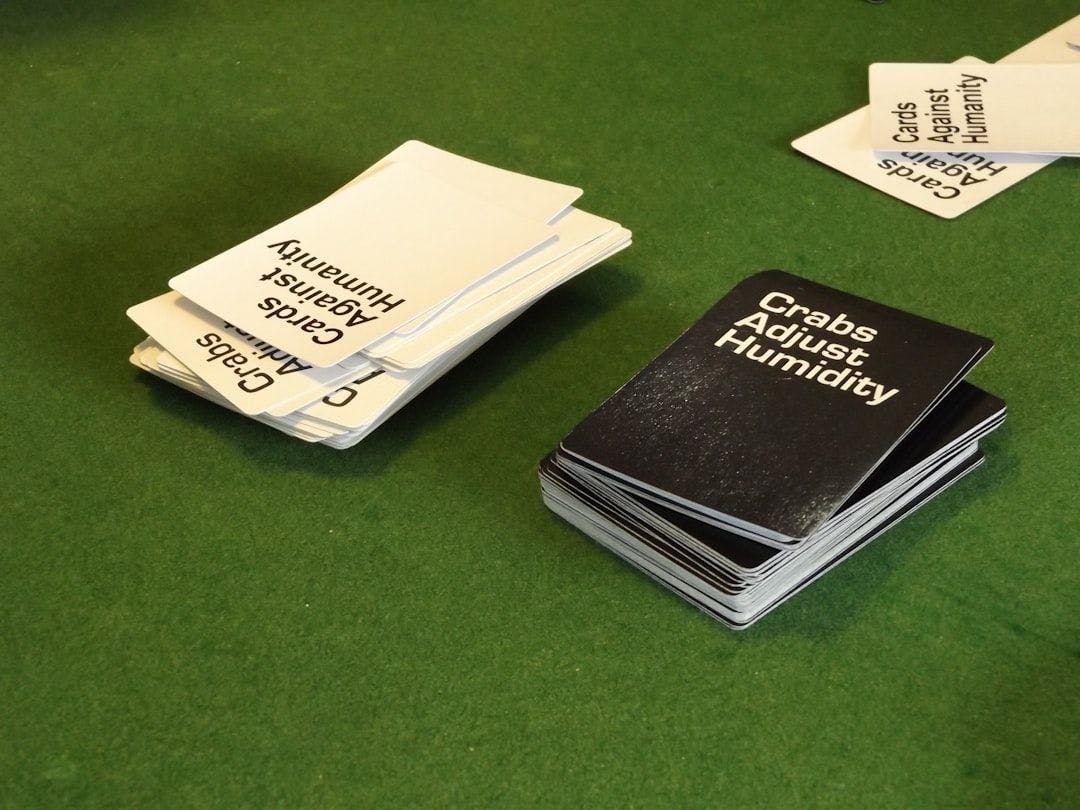Authors:
(1) Clauvin Almeida, Pontifical Catholic University of Rio de Janeiro (PUC-Rio), Rio de Janeiro, Brazil;
(2) Marcos Kalinowski, Pontifical Catholic University of Rio de Janeiro (PUC-Rio), Rio de Janeiro, Brazil;
(3) Anderson Uchoa, Federal University of Ceara (UFC), Itapaje, Brazil;
(4) Bruno Feijo, Pontifical Catholic University of Rio de Janeiro (PUC-Rio), Rio de Janeiro, Brazil.
Table of Links
Abstract and 1 Introduction
2. Background and Related Work and 2.1. Gamification
2.2. Game Design Elements and 2.3. Gamification Effects
2.4. Related Work on Gamification Negative Effects
3. Systematic Mapping and 3.1. The Research Questions
3.2. Search Strategy and 3.3. Inclusion and Exclusion Criteria
3.4. Applying the Search Strategy
3.5. Data Extraction
4. Systematic Mapping Results
5. Focus Group: Developer Perception on the Negative Effects of Game Design Elements
5.1. Context and Participant Characterization
5.2. Focus Group Design
5.3. The Developers’ Perception on The Negative Effects
5.4. On the Perceived Usefulness, Ease of use and Intent of Adoption of Mapped Negative Effects
5.5. Participant Feedback
6. Limitations
7. Concluding Remarks
7.1. Future Research Directions
Acknowledgements and References
In this section we provide the background on gamification, game design elements and its effects. We also present related work on negative effects, including a comparison to other secondary studies that have been conducted and explaining the differences to ours.
2.1. Gamification
The term “gamification” became known after 2010, but we can find precursors in user interface studies of the 80’s [2]. If we use the broader perspective of work’s gamification, we find similar concepts even earlier, such as the Soviet Union’s experiments to motivate workers of the first half of the 20th century [16]. At the beginning of the ’2000s, the American movement of “fun at work” in the academic management literature was also a form of work’s gamification [16].
Yu-Kai Chou [17] defines gamification as the craft of deriving fun and engaging elements found typically in games and thoughtfully applying them to real-world or productive activities. He calls this process Human-Focused Design because it concentrates on humans’ feelings, motivations, and engagement in the experience.
Unfortunately, the term “gamification” remains inconsistently used, and a general theory of gamification is yet to be developed [18]. Aware of so many different definitions, discrepancies, distinctions, and discretionary delimitations, we use the original concept proposed by Deterding et al. [2]: Gamification is the use of game design elements in non-game contexts:
To allow a more precise understanding of this definition, we define game design according to Brathwaite and Schreiber [19], i.e.: “Game design is the process of creating the content and rules of a game. Good game design is the process of creating goals that a player feels motivated to reach and rules that a player must follow as he makes meaningful decisions in pursuit of those goals.”.
For game design elements, we use the definition by Deterding et al. [2] “(. . . ) elements that are characteristic to games – (. . . ) that are found in most (but not necessarily all) games, readily associated with games, and found to play a significant role in gameplay.” We provide more detail about the game design elements in the next subsection.







